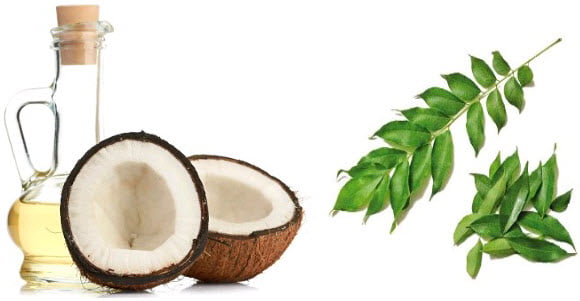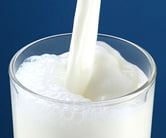
When a sweet craving strikes, chances are that you, like many other people, reach for a piece of milk chocolate or dark chocolate. While both dominate the sweet and sugary market, we often take some of the facts for granted. For one, milk chocolate has a rich history but a much lower nutritional value compared with dark chocolate. Caffeine content, storage, and cooking uses are also helpful to know. Learn more about all things chocolate and the best ways you can incorporate this sweet treat into a balanced diet.
Defining Chocolate and Understanding Its History
Made from cacao beans, chocolate is originally from Central America, where Theobroma cacao trees thrived in the tropical climate.
Centuries later, Spanish colonizers learned of the prized crop and took it back with them to Europe. The treat eventually made the rounds in Spain, France, and then Britain.
It even gained a reputation for being healthy, thanks to studies of indigenous people who consumed chocolate and were found to have lower incidences of cardiovascular disease, notes the National Institutes of Health (NIH).
Eventually, now-famous companies called their chocolate goods by the brand names, such as Hershey’s and Mars. Chocolate consumption spiked at the turn of the 20th century.
It’s one of the first treats bought for holidays and special occasions, though chocolate is widely available to satisfy sweet cravings year-round.























